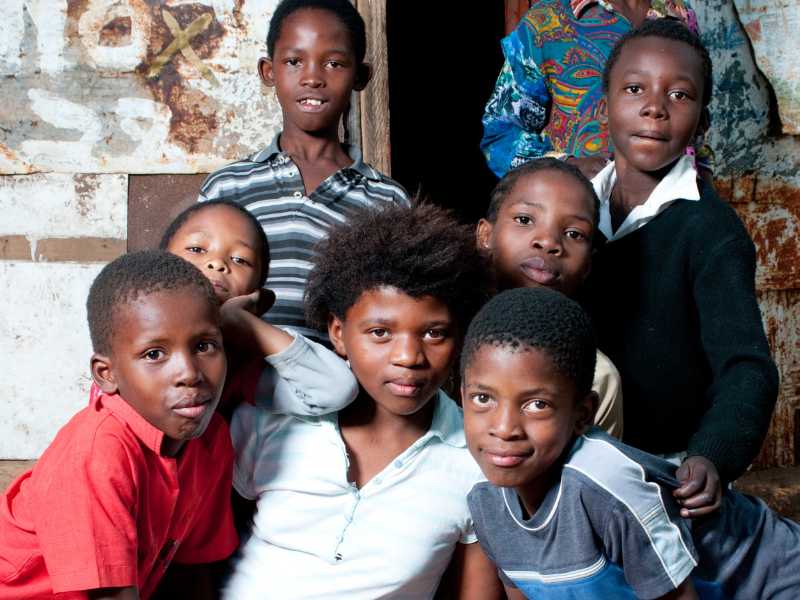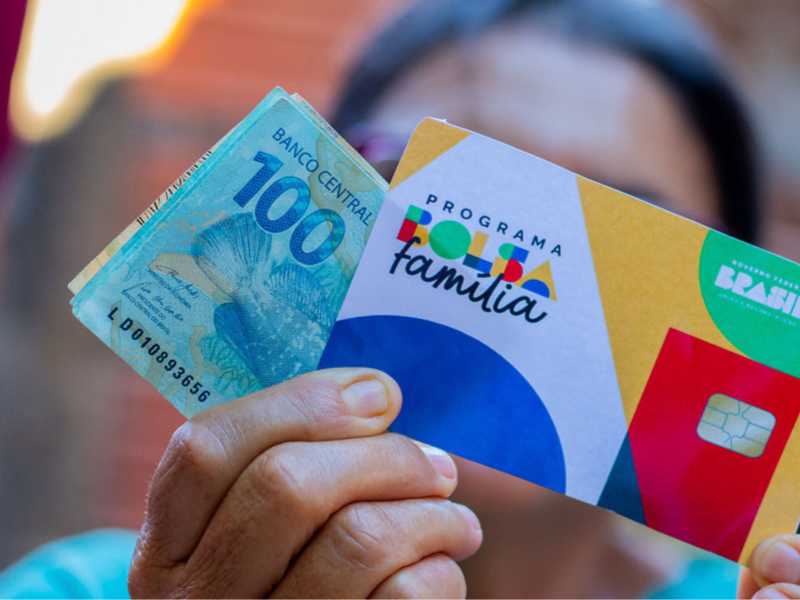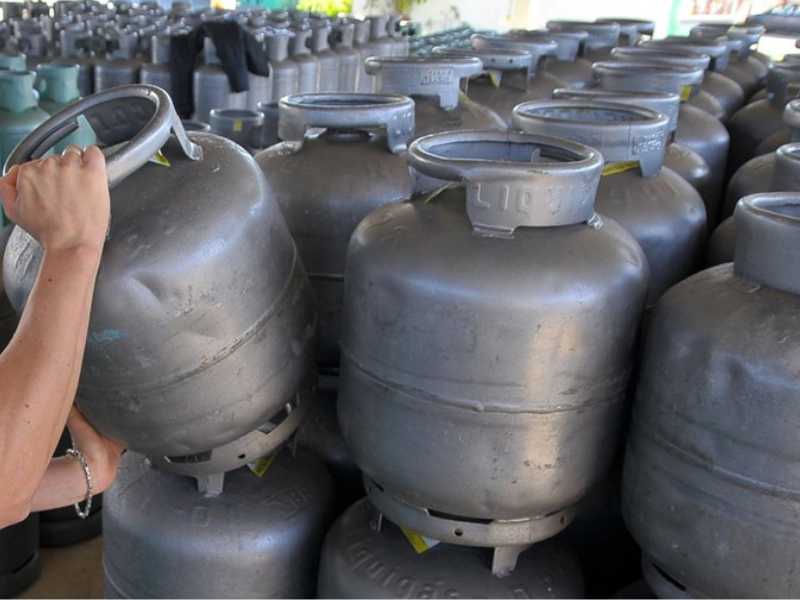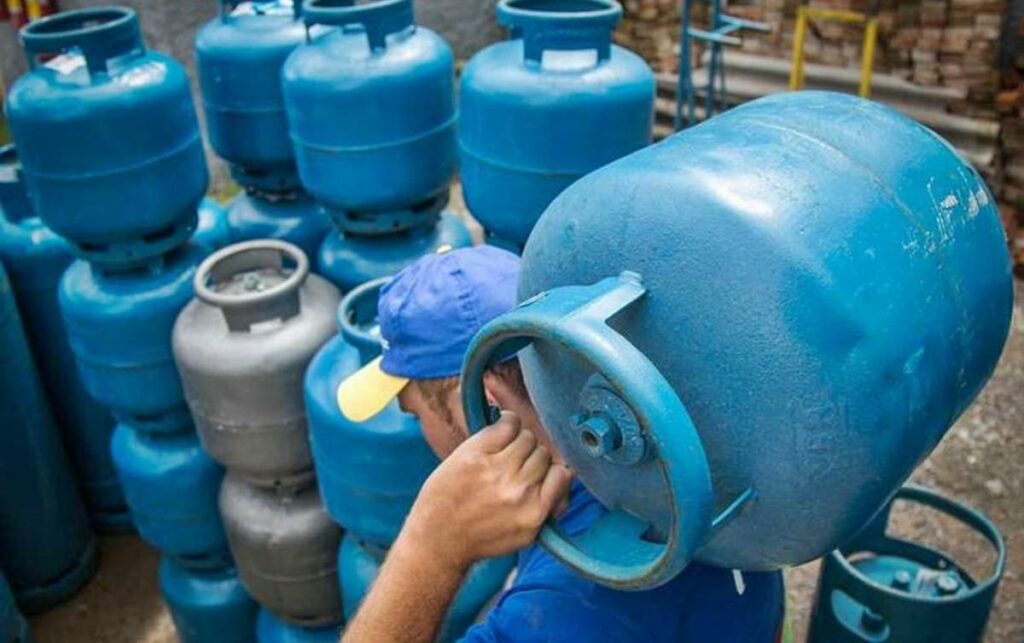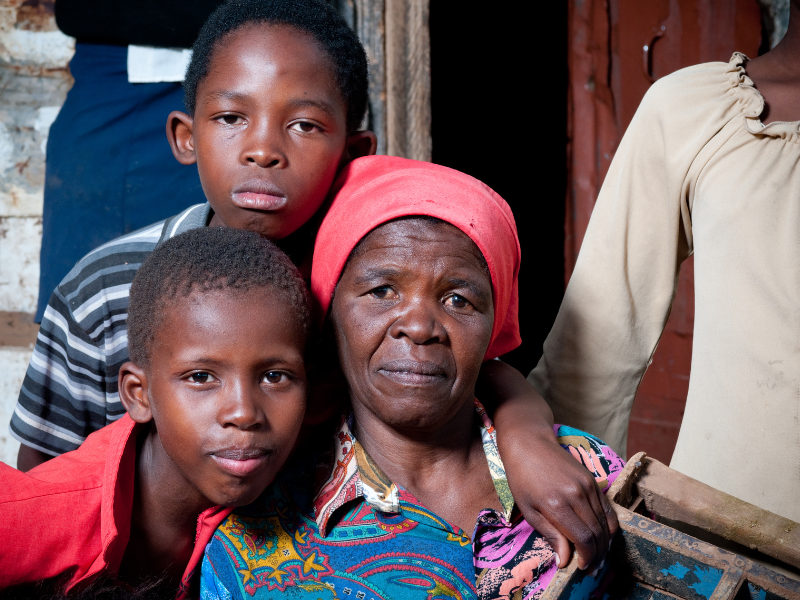Advertisements
Bolsa Família is a social program which aims to redistribute income to the population in a situation of social vulnerability. Today (20) the program completes 20 years of existence and according to the World Bank, Bolsa Família has an impact not only on the lives of families but also on the country's economy.
Therefore, see below what impacts the social program has had on the country's economy, according to the bank's study.
Positive impacts of Bolsa Família
The income distribution program has positive results in consumption, the number of bank accounts, tax collection and even job creation.
Advertisements
Thus, according to the research, for every dollar invested in Bolsa Família, the program returns US$1.4T to the local community. See below some of the impacts that the program has caused:
More jobs
World Bank senior economist Joana Silva points out that part of this return goes to people who do not receive the program's payments. In other words, a large part of the jobs created went to non-beneficiaries.
Advertisements
She also highlights that this result was not expected, but that it actually happened, since the growth in jobs is related to the greater purchasing power of Bolsa Família beneficiaries.
In other words, families that previously had little purchasing power now have more possibilities to buy products or pay for services. According to the 54% study, most of these families' consumption was in services.
Increased purchasing power
As mentioned before, with the amount, beneficiaries can consume more, which is quite advantageous for the economy. This is because the amount invested in program returns as beneficiaries spend on consumption, as Joana Silva explains.
Who can receive Bolsa Família funds?
Bolsa Família is intended for low-income families, who earn a monthly per capita income of up to R$1,218. In addition, you must be registered with CadÚnico and follow the necessary requirements such as:
- School attendance for children and adolescents aged 4 to 17;
- Prenatal care for pregnant women;
- Nutritional monitoring of children up to 7 years old;
- Vaccination schedule up to date.
Image: MDAS/Disclosure






